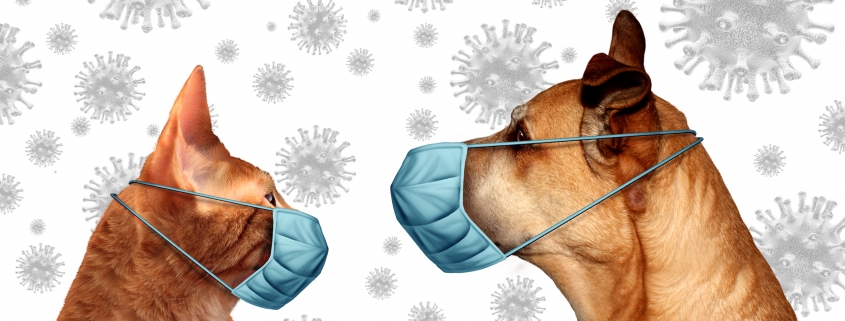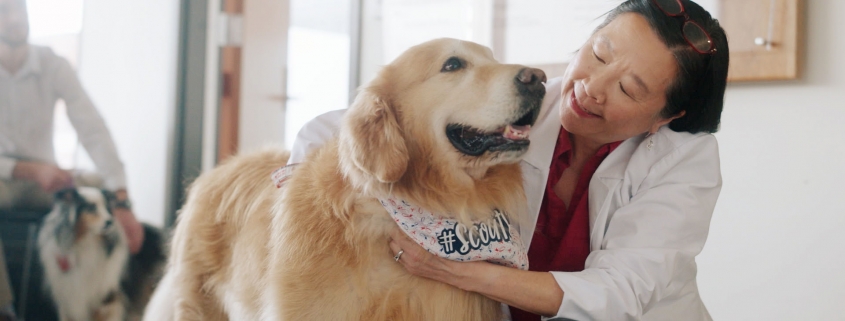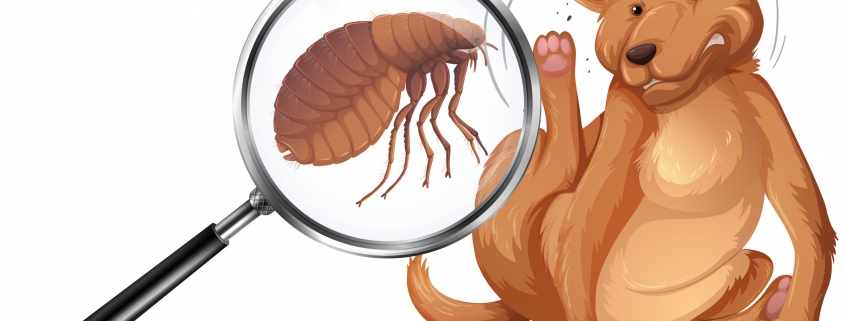BY MEGAN TREMELLING, DVM, LVS
Most people, when they think of veterinarians, think of a doctor who works in a clinic or makes house calls to take care of small companion animals, horses and livestock. But there are many different ways to be a veterinarian.
As a profession, veterinary medicine had its earliest beginnings in the care of horses. These days in the United States and many other developed nations, veterinarians work in animal shelters, farms, racetracks, laboratories, meatpacking facilities and military bases caring for all kinds of species. With advanced training there are dozens of specializations and certifications that veterinarians can achieve, such as surgery, internal medicine, emergency/critical care, dermatology, cardiology, rehabilitation, oncology and so on. A single pet in the US can have a whole team of veterinarians to care for its every need. But it is clear that not every country can afford, for example, kidney transplant capabilities for companion animals. What do veterinarians do there?
Consider Cambodia. It is considered a “least-developed country” by the United Nations, and one could hardly blame the people of Cambodia if they chose to focus their resources on human needs instead of those of animals. But it turns out that in Southeast Asia as well as in the United States, human needs and animal needs go hand in hand.
The Royal University of Agriculture in Phnom Penh has a Department of Animal Science and Veterinary Medicine. Rather than emphasizing care for individual animals, they work to develop livestock and feed sources that can thrive in Cambodia’s climate and provide extension services to help farmers take better care of their animals. Along with university-trained veterinarians, Cambodia has 12,000 village animal health workers who are trained to vaccinate livestock, deal with common animal diseases and teach good animal husbandry to the farmers. In a country where 80 percent of the labor force works in agriculture, recognizing the interconnection between people and animals is critically important. For a smallholder farmer, the loss of a single animal can be financially devastating, so a veterinarian or animal health care worker who prevents that loss is protecting the family food supply. This is no small matter in a country where 21 percent of the households cannot afford a nutritious diet.
The connection between human and animal health is most striking in the area of rabies control. Cambodia is regarded as a high-risk country when it comes to rabies exposure. Cambodians own more dogs per human than any other country, and most of them have not been vaccinated against rabies. Bites to humans are unfortunately frequent. There is no coordinated rabies surveillance in Cambodia, so true prevalence is impossible to judge. Fewer than 5 percent of the people who are bitten by dogs there receive post-exposure prophylaxis (PEP–the treatment that prevents the development of rabies in a human that has been bitten). This is partly because even though medical care is subsidized by the government, traveling to an urban center to receive PEP costs more than a month’s wage for the average rural Cambodian. Without PEP, a bite from a rabid dog inevitably leads to a gruesome death. Official estimates of 800 deaths per year in Cambodia are likely to be low.
The most efficient way to keep humans from dying of rabies is to control rabies in the canine population, thus greatly reducing the need for PEP. In the developed world, canine vaccination programs have nearly eradicated rabies as a disease in humans. In Cambodia and other areas of need, veterinarians are working hard to vaccinate dogs, thus saving human lives as they do so.
Approximately 3,400 miles away from the moist forests of Cambodia, some of the desert nations that border the Persian Gulf have much less trouble from rabies, but veterinarians are still important. Falconry, which is a rare and highly-regulated hobby in the United States, is a more common pastime in the Arab world with the fierce birds living as family pets, as hunting companions, as status symbols, as racing competitors and as an emotional connection to the region’s ancient Bedouin culture. Although the Persian Gulf area is considered “developing” in terms of industrialization, it is a world leader when it comes to the medical care of falcons.
There are no less than a dozen veterinary hospitals in the Gulf States that cater to falcons and their owners. The largest one, the Abu Dhabi Falcon Hospital in the United Arab Emirates, is a public institution and sees around 11,000 falcons a year. The veterinarians and their staff tend injured and ill birds, provide wellness care, replace damaged feathers, perform prepurchase exams and attach high-tech tracking devices. The reason for the latter becomes clear when you realize that while a starter kestrel can be had for a few hundred dollars, the most valuable gyrfalcons and peregrine falcons can sell for over $100,000.
Most falcon hospitals remain devoted exclusively to the care of these magnificent birds, but veterinarians continue to adapt to changing times. In 2007, the Abu Dhabi Falcon Hospital moved to accommodate the more Western tastes of some local citizens when they opened a new Pet Care Center… to treat dogs and cats.





